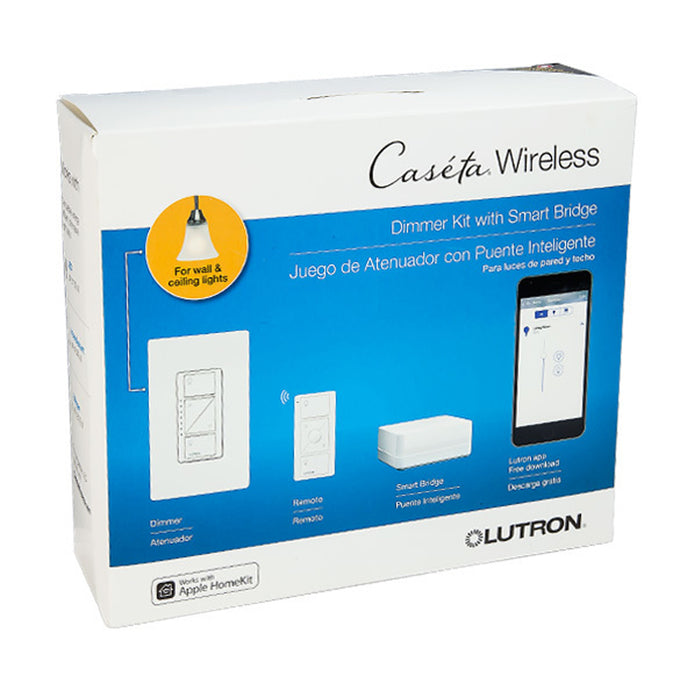The world of smart home technology has rapidly evolved, bringing convenience, energy efficiency, and customization to daily living. Among the many innovations within this space, the Smart Lighting Bridge stands out as a vital hub for connecting and managing smart lighting systems. A Smart Lighting Bridge not only enhances overall home integration but also simplifies control, making it easier for homeowners to create their desired living environments. In this article, we will explore the features, benefits, and practical applications of the Smart Lighting Bridge, demonstrating how it elevates the smart home experience.
Understanding Smart Lighting Bridges
What Is a Smart Lighting Bridge?
A Smart Lighting Bridge serves as a central hub that connects different smart lighting devices, allowing them to communicate seamlessly. It acts as a translator between various technologies, including Zigbee, Z-Wave, and Wi-Fi, enabling a harmonious interaction between devices from different manufacturers. By consolidating control into one centralized location, users can easily manage their lighting through a single app or platform, enhancing their overall convenience.
Key Features of Smart Lighting Bridges
Smart Lighting Bridges come packed with features that significantly improve their effectiveness. Many models support voice control through platforms like Amazon Alexa or Google Assistant, allowing users to adjust lighting simply by speaking. Depending on the specific model, some bridges offer scheduling capabilities, enabling users to program their lights to turn on or off at specific times. Furthermore, many bridges can integrate with smart home ecosystems, expanding their functionality beyond just lighting. This creates an interconnected system that can enhance automation and increase energy efficiency.

Benefits of Using a Smart Lighting Bridge
Increased Convenience and Control
One of the most significant advantages of using a Smart Lighting Bridge is the increased convenience it provides. Instead of juggling multiple apps for different smart devices, homeowners can manage all their lighting from a single interface. This streamlining saves time and minimizes complexity, making the user experience much more enjoyable. Whether you want to dim the lights in the living room or turn on the outdoor lights, the process becomes hassle-free.
Enhanced Energy Efficiency
Another compelling reason to utilize a Smart Lighting Bridge is the potential for increased energy efficiency. Many smart lights are designed to consume less energy than traditional bulbs, and with a bridge, you can monitor energy use more effectively. Some bridges offer energy usage statistics, allowing homeowners to track their lighting consumption over time. By adjusting schedules or dimming lights remotely, users can optimize their energy use, ultimately lowering utility bills and contributing to environmental conservation.
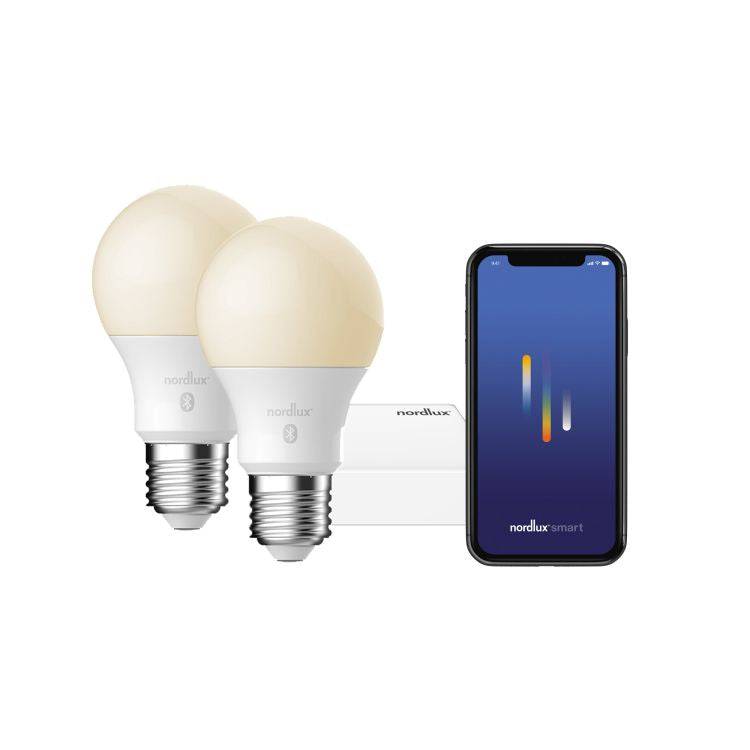
Simplifying Home Automation
Integrating Lighting with Other Smart Devices
A Smart Lighting Bridge allows for seamless integration between your lighting system and other smart devices throughout your home. This integration is one of the key aspects of a smart home ecosystem. For example, you can set your lights to automatically turn on when your smart door locks are unlocked. This creates a welcoming environment when you arrive home, enhancing your daily routine. Beyond lighting, you can integrate appliances, security systems, and thermostats, effectively building a responsive living space tailored to your needs.
Creating Routines and Scenarios
With a Smart Lighting Bridge, you can create specific routines that align with your lifestyle. For instance, you can set your lights to gradually brighten in the morning, simulating a natural sunrise, to help you wake up more comfortably. At the end of the day, a simple command can transition your home lighting into “movie mode,” dimming the lights for a cozy movie night. These customizable scenarios enhance the quality of life in your home, making every moment special and tailored to your preferences.
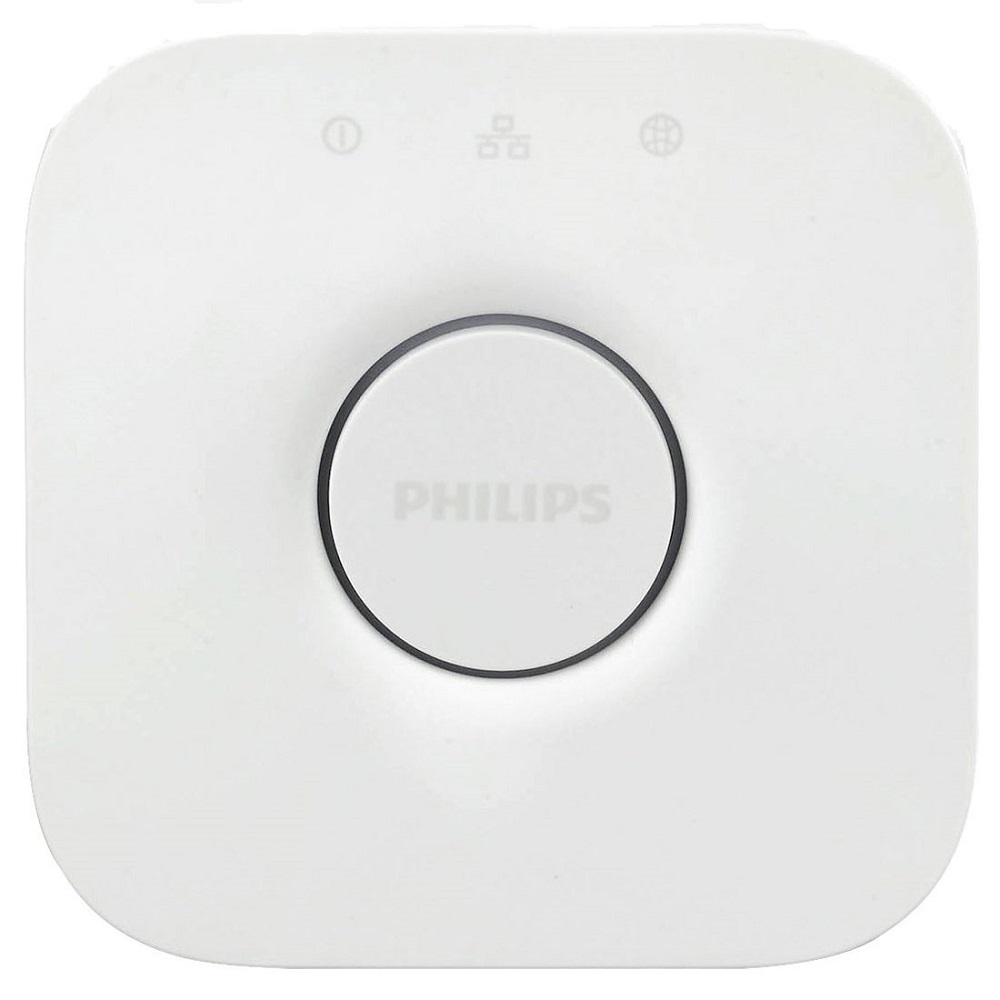
Installation and Setup
Getting Started
Setting up a Smart Lighting Bridge typically involves a few straightforward steps, making it accessible even for those who may not be tech-savvy. Begin by selecting a suitable location for the bridge that is central to the smart lights throughout your home. This positioning ensures optimal connectivity, minimizing potential dead zones. Plug the bridge into a power source and connect it to your Wi-Fi network following the manufacturer’s instructions.
Adding Devices
After the initial setup, the next step involves adding your existing smart lights to the bridge. Most bridges use a straightforward pairing method, usually involving putting the smart device in pairing mode, then using the app associated with your bridge to find and connect the devices. You can add multiple lights and even categorize them by rooms, making future management even more intuitive. The entire setup can often be completed in under an hour, enabling you to enjoy the benefits of smart lighting quickly.
Compatibility with Different Systems
Cross-Platform Functionality
One of the remarkable features of Smart Lighting Bridges is their ability to work with various platforms and devices. Many bridges are compatible with different smart lighting brands, regardless of the technology they use, such as Philips Hue, LIFX, or GE Lighting. This compatibility means you can mix and match devices, creating an adaptable system tailored to your specific needs. Users are not locked into a single ecosystem, allowing for greater flexibility when choosing lighting solutions.
Future-Proofing Your Home
As technology continues to evolve, smart home devices will undoubtedly become more advanced. A Smart Lighting Bridge keeps you future-proof, as it can often receive software updates that enhance its capabilities. This adaptability ensures that your lighting system remains relevant, making it a wise investment. By regularly updating your Smart Lighting Bridge and devices, you can integrate new functionalities without needing to purchase entirely new systems.
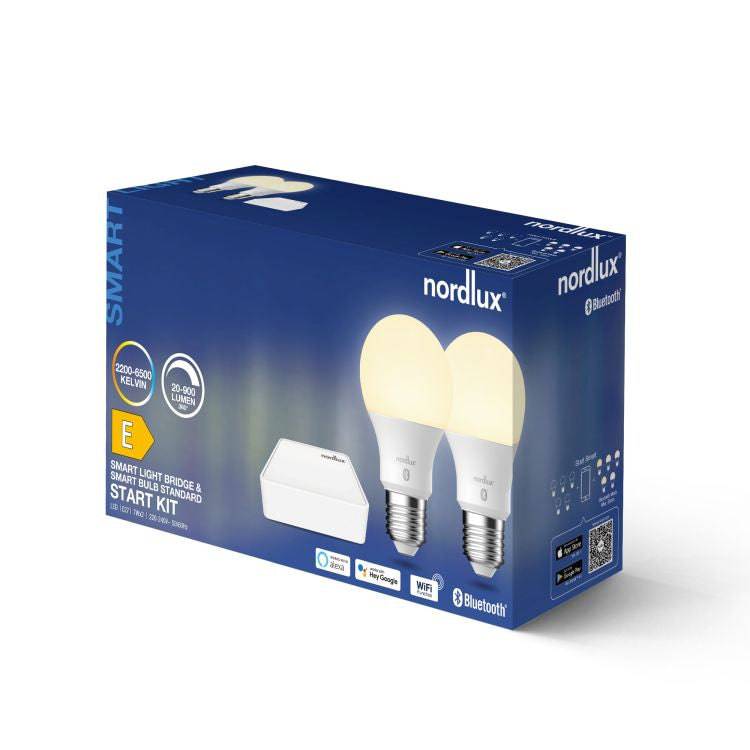
Best Practices for Using a Smart Lighting Bridge
Organizing Your Lighting System
To maximize the benefits of a Smart Lighting Bridge, it’s best to organize your smart lighting system logically. Group devices by rooms, activities, or functions to streamline management. Clear organization allows for quicker control and helps you establish routines more effectively. For example, you might group all the living room lights together, making it easy to adjust them simultaneously.
Regular Maintenance and Troubleshooting
Regular maintenance helps ensure that your Smart Lighting Bridge and connected lights continue to function optimally. Check for software updates periodically and address any connectivity issues as soon as they arise. If a device fails to connect, restarting both the bridge and the light can resolve many common issues. Familiarizing yourself with troubleshooting tips can save you time and frustration.
Future of Smart Lighting Technology
Innovative Features on the Horizon
As technology progresses, we can expect even more innovative features to emerge within the realm of smart lighting. Future Smart Lighting Bridges may incorporate advanced analytics to help users understand their lighting habits better. For instance, they might offer insights into when certain lights are used most frequently, allowing for more refined energy-saving options. Additionally, voice-activated controls will likely become even more sophisticated, providing a more effortless and natural user experience.
Integration with Smart Home Ecosystems
The future of smart lighting bridges will likely see deeper integration with comprehensive smart home ecosystems. Imagine a home where various devices work together seamlessly, responding to your daily routines without prompt. Smart lighting could adapt to your preferences over time, learning from your habits to create an intuitive system that enhances your living environment. This evolution will mark a significant move toward fully automated homes that prioritize user comfort and efficiency.
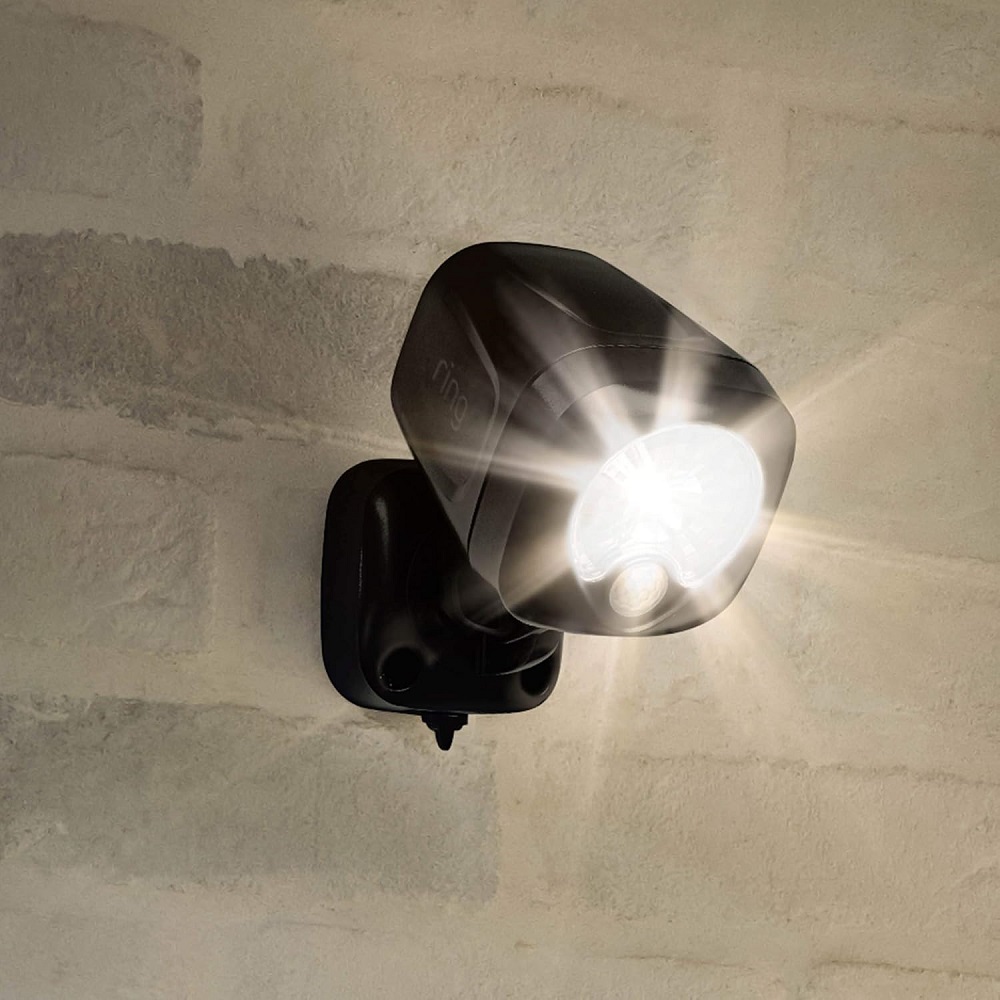
Cost-Effectiveness and Long-Term Savings
Investing in Smart Lighting Technology
While the initial investment in a Smart Lighting Bridge and compatible smart lighting fixtures may seem high, the long-term savings can be substantial. Traditional incandescent light bulbs consume a significant amount of energy, whereas smart bulbs typically use LED technology, which is far more efficient. With the ability to monitor usage and control brightness, smart lights can significantly reduce your energy bills over time. Additionally, many energy providers offer rebates for energy-efficient devices, making the transition to smart lighting even more economically viable.
Enhanced Longevity of Lighting Systems
Smart lighting systems often boast longer lifespans compared to traditional bulbs. With features like dimming capabilities and scheduling, you can extend the life of your lights by reducing strain on the bulbs. For example, using a dimmer setting not only creates a cozy atmosphere but also reduces energy consumption. As these bulbs last longer, you’ll find yourself replacing them less frequently, leading to even more savings. The combination of lower energy costs and reduced replacement frequency makes smart lighting a financially wise choice for homeowners who want to invest in a sustainable future.
Conclusion
A Smart Lighting Bridge brings together convenience, energy efficiency, and automation to enhance the modern home experience. By acting as a central hub for managing your smart lighting, it simplifies integration across various devices. As homeowners increasingly seek easy ways to elevate their living spaces, the Smart Lighting Bridge stands as a valuable tool in creating a responsive and comfortable environment.
By implementing smart lighting solutions and optimizing their use, individuals enjoy the benefits of customized routines, increased security, and energy savings. The future of smart lighting technology appears promising, with increased innovation and integration on the horizon. Embracing this trend today ensures that your home remains adaptable and comfortable tomorrow. Whether you’re new to smart home technology or looking to enhance your existing setup, investing in a Smart Lighting Bridge offers an effective and worthwhile step towards optimizing your living space for greater ease and enjoyment.
